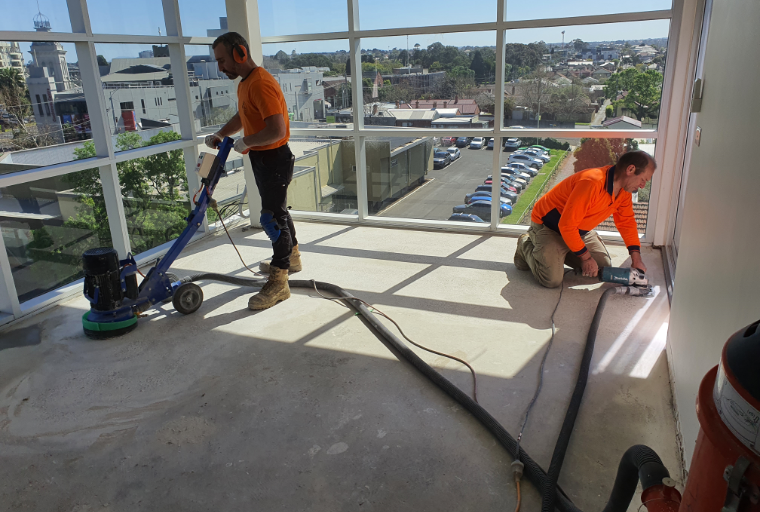From Cracks to Crumble-Free: The Top Strategies for Successful Concrete Remediation Services

Image Source: Google
Concrete is a durable and versatile building material, but over time, it can develop cracks, spalling, and other signs of wear and tear. Professional concrete remediation services are essential for restoring the structural integrity and aesthetic appeal of concrete surfaces. In this article, we will explore the top strategies for successful concrete remediation services, from identifying the root cause of the issue to implementing the most effective repair techniques.
Identifying the Problem
Before any remediation work can begin, it is crucial to identify the root cause of the concrete damage. This may involve conducting a thorough inspection of the concrete surface and surrounding areas to pinpoint any underlying issues that may be contributing to the deterioration. Some common causes of concrete damage include:
Common Causes of Concrete Damage
- Poor installation
- Excessive loading
- Freeze-thaw cycles
- Chemical exposure
- Water infiltration
By identifying the specific cause of the concrete damage, remediation professionals can develop a targeted repair plan that addresses the underlying issues and prevents future deterioration.
Choosing the Right Repair Techniques
There are several repair techniques available for addressing concrete damage, ranging from simple patching to more extensive structural repairs. The key is to choose the right technique based on the severity of the damage and the desired outcome. Some common repair techniques include:
Common Concrete Repair Techniques
- Crack injection
- Patching and resurfacing
- Rebar reinforcement
- Carbon fiber strengthening
- Shotcrete application
- Grouting and sealing
Each repair technique has its own advantages and limitations, so it is important to consult with a qualified concrete remediation professional to determine the best approach for your specific project.
Preventive Maintenance and Monitoring
Once the concrete damage has been repaired, it is important to implement a preventive maintenance plan to ensure the long-term durability of the concrete surface. This may involve regular inspections, routine cleaning, and addressing any minor issues before they escalate into major problems. By taking a proactive approach to maintenance, you can extend the lifespan of your concrete surfaces and prevent costly repairs in the future.
Key Components of Preventive Maintenance
- Regular inspections
- Cleaning and sealing
- Crack monitoring
- Moisture control
- Reinforcement maintenance
By incorporating these key components into your maintenance plan, you can ensure that your concrete surfaces remain in top condition for years to come.
Quality Assurance and Testing
Quality assurance is a critical aspect of any successful concrete remediation project. This may involve conducting thorough testing and inspections throughout the remediation process to ensure that the repairs are carried out to the highest standards. Some common quality assurance measures include:
Quality Assurance Measures
- Material testing
- Adherence to industry standards
- Third-party inspections
- Performance testing
- Documentation and reporting
By prioritizing quality assurance and testing, you can have confidence that the remediation work is completed successfully and meets the necessary specifications for durability and performance.
Conclusion
Concrete remediation services play a crucial role in maintaining the integrity and longevity of concrete structures. By following the top strategies outlined in this article, including identifying the root cause of the issue, choosing the right repair techniques, implementing preventive maintenance, and prioritizing quality assurance, you can ensure that your concrete surfaces remain crumble-free for years to come.